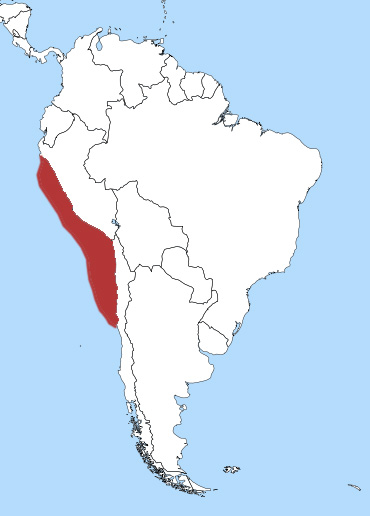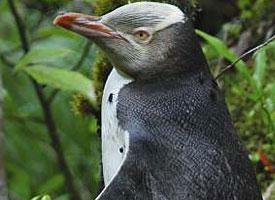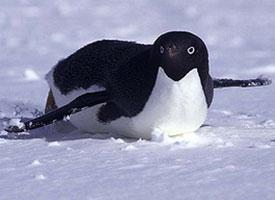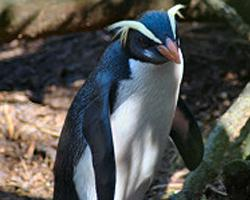
Váhy a míry
| Výška v kohoutku | od 65 do 70 cm |
|---|---|
| Hmotnost | od 3,6 do 5,9 kg |
Popis zvířete
The Humboldt penguin (Spheniscus humboldti), named after the cold water current it swims in, which itself was named after Alexander von Humboldt, an explorer, is a captivating and intriguing species of bird that is native to the coastal areas of Chile and Peru. This medium-sized penguin species exhibits a unique combination of physical and behavioral characteristics that distinguish it from other members of the penguin family.Physically, the Humboldt penguin is a sleek, streamlined bird, designed for efficient movement in its aquatic environment. It typically measures about 65 to 70 cm in length and weighs around 4.0 to 5.9 kg, with males generally being larger and heavier than females. The species is immediately recognizable by its black and white plumage, a common color scheme among penguins, which provides camouflage in the water—white for blending in with the bright surface when seen from below and black for matching the dark ocean depths when viewed from above. A distinctive feature of the Humboldt penguin is the black band that runs across its chest and down the sides of its body, setting it apart from some other penguin species. Additionally, it has a black head with a white border that runs from behind the eye, around the ear, and under the chin.
Humboldt penguins are highly adapted to life in the water. Their wings have evolved into powerful flippers used for propulsion, enabling them to reach speeds of up to 30 km/h (about 20 mph) when chasing prey or evading predators. Their feet serve as rudders, steering them with precision through their underwater environment. On land, they adopt an upright posture and can walk or hop with a waddling gait.
The diet of the Humboldt penguin primarily consists of small fish, squid, and krill, which they hunt during the day. They are known to dive to depths of up to 150 meters in pursuit of their prey, although they typically forage much closer to the surface.
Humboldt penguins are social animals, living in large colonies that provide protection from predators and assistance in rearing young. They are monogamous during the breeding season, with both parents sharing the responsibilities of incubating eggs and feeding the chicks. Nesting sites are typically located in guano deposits or burrowed into coastal cliffs, where they can be protected from direct sunlight and predators.
Sadly, the Humboldt penguin is facing numerous threats that have led to its classification as a vulnerable species. Overfishing has reduced its food supply, while climate change and the El Niño phenomenon can dramatically alter its marine habitat. Additionally, guano harvesting disrupts its nesting sites, and coastal development and pollution pose significant risks. Conservation efforts are underway to protect this remarkable species, including habitat protection, the establishment of marine protected areas, and breeding programs in captivity.
The Humboldt penguin is not just an important part of the marine ecosystem but also a symbol of the urgent need for conservation efforts in our changing world. Through understanding and protecting this species, we can take steps toward preserving the rich biodiversity of our planet.
Mapa výskytu

Podobná zvířata
Nové fotografie zvířat
Top 10 zvířat
- Dolphin gull (Leucophaeus scoresbii)
- Diana monkey (Cercopithecus diana)
- Moustached guenon (Cercopithecus cephus)
- Galápagos tortoise (Geochelone nigra complex)
- Stone loach (Barbatula barbatula)
- Japanese macaque (Macaca fuscata)
- Greek tortoise (Testudo graeca)
- Russian tortoise (Testudo horsfieldii)
- Common flying dragon (Draco volans)
- Galápagos penguin (Spheniscus mendiculus)


